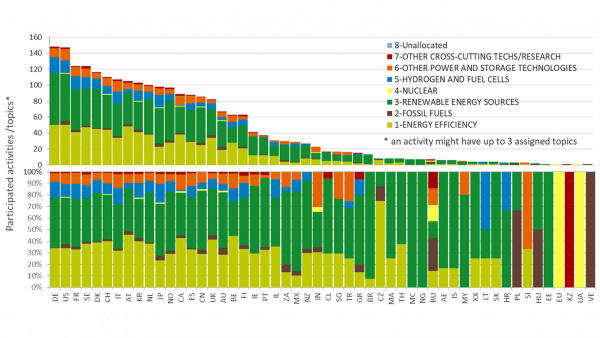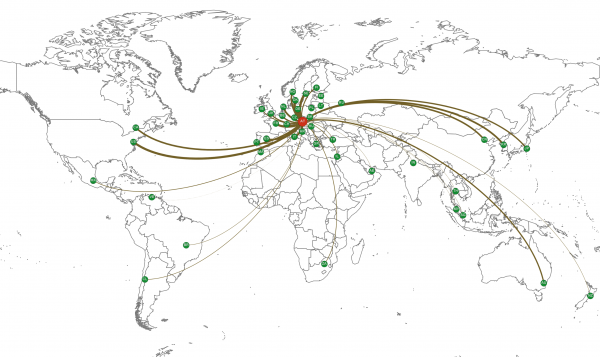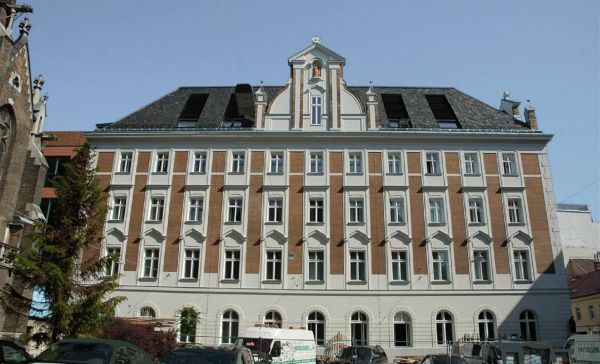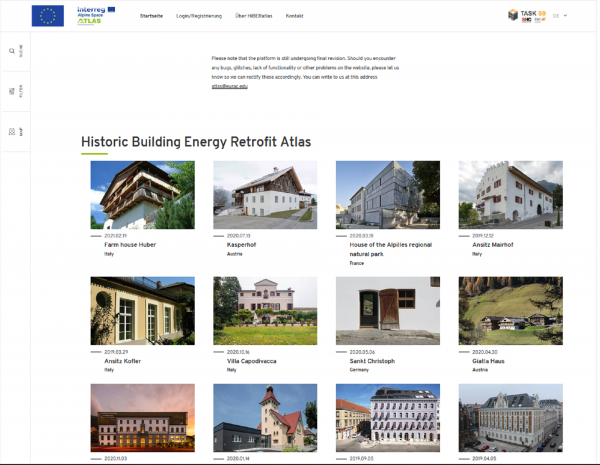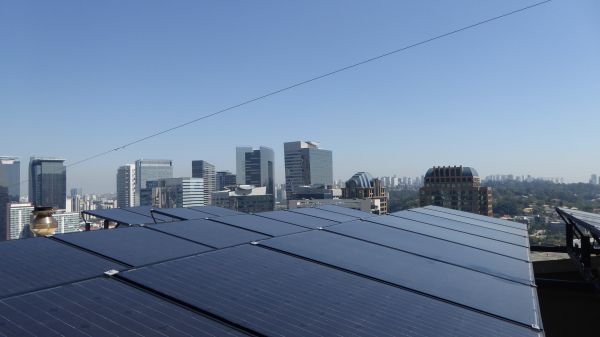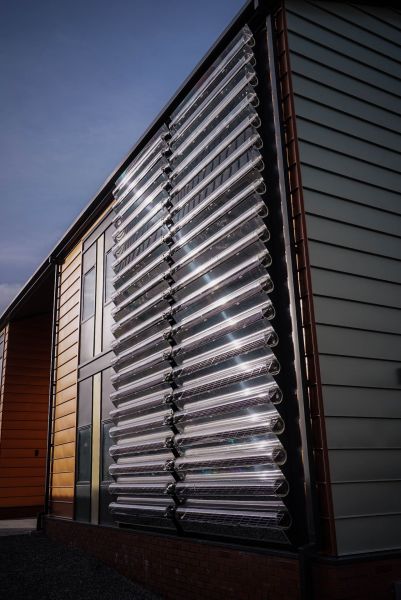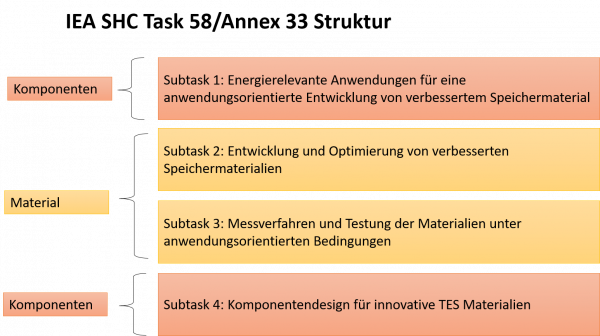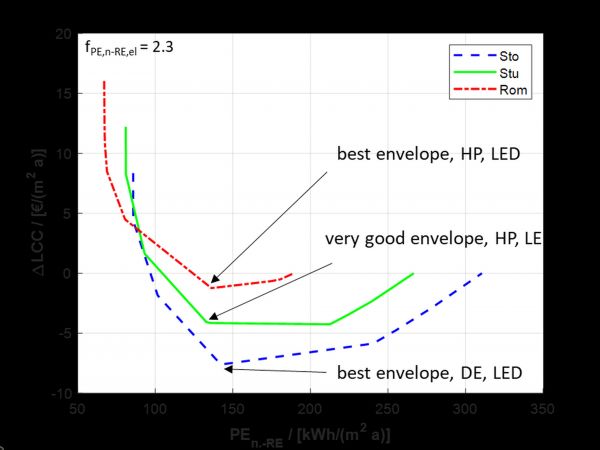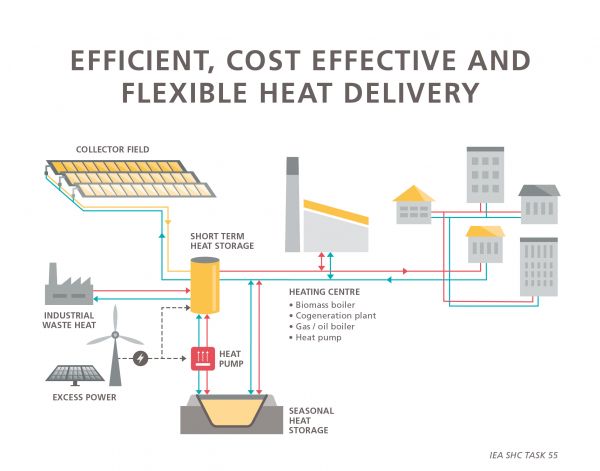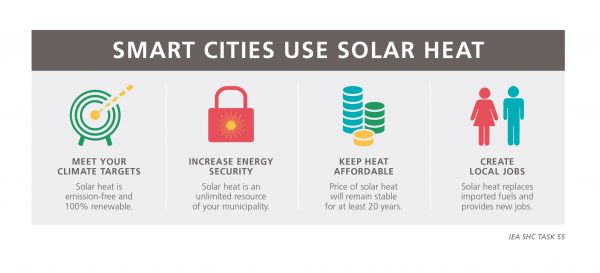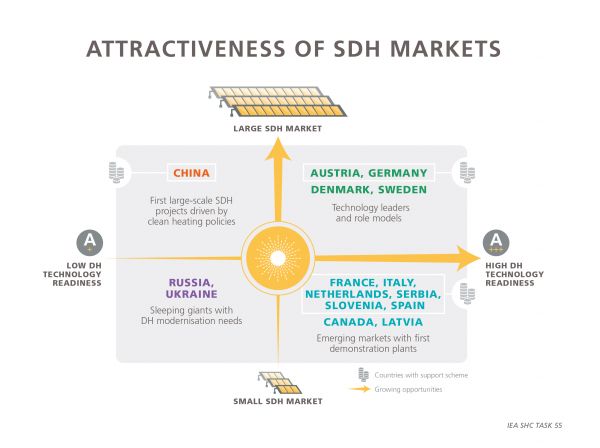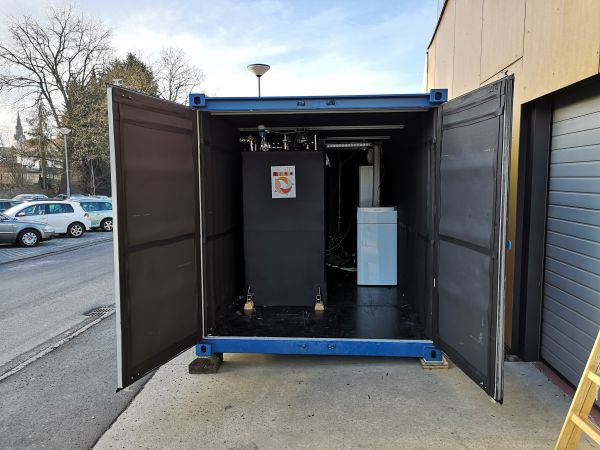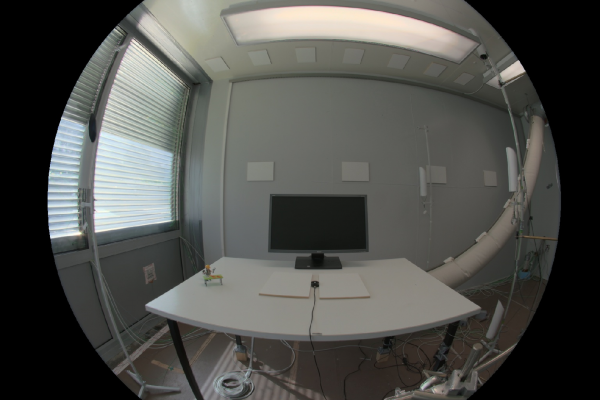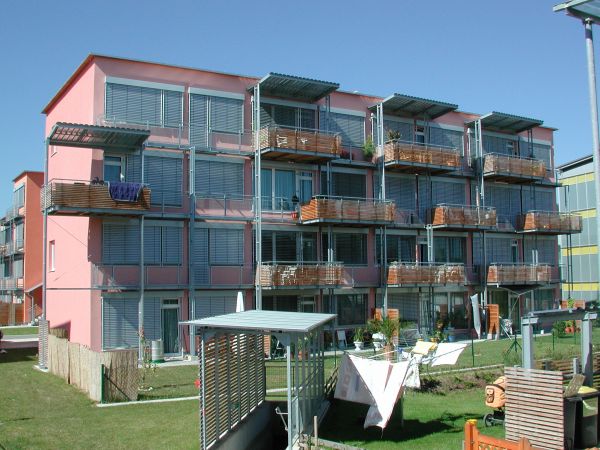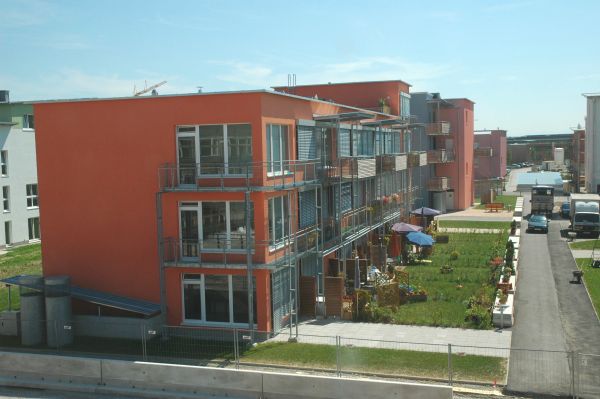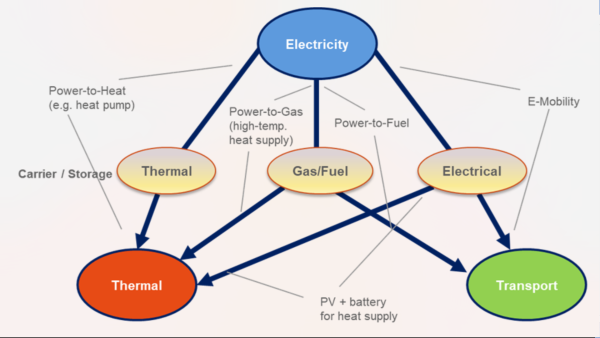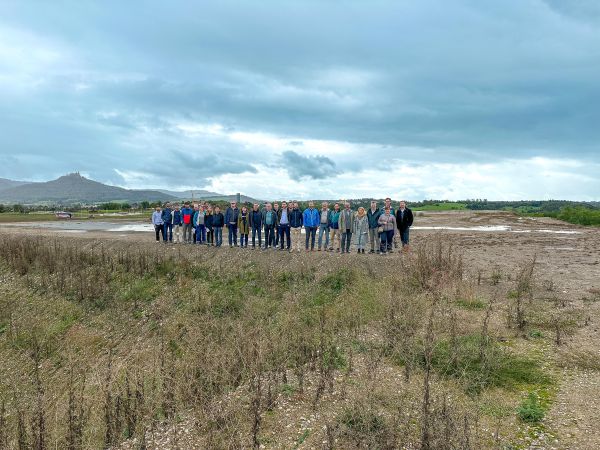Project Image Pool
There are 397 results.
Terms of use: The pictures on this site originate from the projects in the frame of the programmes City of Tomorrow, Building of Tomorrow and the IEA Research Cooperation. They may be used credited for non-commercial purposes under the Creative Commons License Attribution-NonCommercial (CC BY-NC).
Participation of countries in IEA Technology Collaboration Programmes and Related Research Topics
Absolute (upper chart) and relative (lower chart) number of TCP-activities that countries are participating in. The color code shows how the assigned activities are related to the IEA-Topics and how the countries set their priorities with regard to the research topics (based on the IEA RD&D taxonomy).
Copyright: Österreichische Energieagentur, 2018
International cooperations of Austria in context of TCP activities.
Worldmap of Austrias cooperations with other countries in context of the IEA Technology Collaboration Program reasearch activities. Line thickness indicates the number of cooperations.
Copyright: Österreichische Energieagentur 2018
Music School Velden
Street view of the former fire station in Velden am Wörthersee - after the refurbishment used as a music school.
Copyright: blende16 /ARCH+MORE
Konvent Building Kaiserstrasse in Vienna
Street view of the convent building in Kaiserstrasse, Vienna after being refurbished with particular attention to monument preservation and to a new solution for renovating Viennese-type box windows.
Copyright: trimmel wall architekten
Historic Building Energy Retrofit Atlas
Starting page of the database www.HiBERatlas.com with best practice examples that show how historic buildings can be renovated so that high energy efficiency is achieved while respecting historic preservation.
Copyright: EURAC research Drususallee Bozen
uncovered PVT collector
In Brazil, Sao Paulo, uncovered PVT collectors reduce gas consumption for hot water heating by 50 % in a hotel project
Copyright: www.2power.de
Evacuated tube PVT
The evacuated tube PVT array (Virtu PVT by Naked Energy) on the south facing façade of the Active Office building at the University of Swansea.
Copyright: Naked Energy Ltd
Overview Task 58 for Material and Component Development for Compact Thermal Storage Systems
The figur shows the overview and contents of the IEA SHC Task 58 for material and component development for compact heat storage. The task is divided into 4 subtasks dealing with the definition of boundary conditions, development of TCM and PCM materials, test methods and component design of compact heat storage systems.
Copyright: AEE INTEC
life cycle cost
Lines showing the smallest difference in life-cycle costs per non-renewable primary energy unit and HVAC configuration at office buildings in Stockholm (Sto), Stuttgart (Stu) and Rome. LCC includes investment, maintenance and operation over a 20-year period. HP stands for heat pump and DE for direct electric.
Copyright: Universität Innsbruck
Solar district heating system with power-to-heat
District heating system with heat supply from central solar collectors, industrial waste heat, heating centre, heat pump, and with short-term and seasonal thermal storage. Source of the heat pump is the saisonal storage. Excess power from PV and wind turbines is used to operate the heat pump.
Copyright: IEA SHC Task 55 und European Copper Institute
Solar heat in smart cities
List of the main advantages of solar heat: it is emission-free and 100% renewable, it increases the energy security, the price is affordable and remains stable for at least 20 years, it replaces imported fueld and provide new jobs.
Copyright: IEA SHC Task 55 und European Copper Institute
Attractiveness of SDH markets
Diagram with 4 areas according to DH technology readiness (low/high) and SDH market (small/large). Low readiness and small market is the case of Russia and Ukraine; low readiness and large market is the case of China; high readiness and small market is the case of France, Italy, Netherlands, Serbia, Slovenia, Spain, Canada, Latvia; high readiness and high market is the case of Germany, Austria, Denmark, Sweden, which are technology leaders and role models.
Copyright: IEA SHC Task 55 und European Copper Institute
TCM Storage System Prototype in Container for integration in a single familiy house
The picture is showing a TCM storage system with 3 moduels in combination with a heat pump system and 2 m³ buffer storage installed in a container as complete storage system. The container is shipped to a single familiy housein Warsaw and installed next to the house to store surplus of solar thermal energy from summer and provide space heating in winter
Copyright: AEE INTEC
Passys Test Cell
Measurement of the luminance of a solar facade in the Passys test cell of the UIBK
Copyright: Bartenbach GmbH
Diagram of the Flexible Sector Coupling model.
The electric energy system is composed of the sectors electricity, mobility and heat. Generated electricity is directed to the sectors mobility and heat along the pathways thermal energy, fuels and electricity.
Copyright: IEA ES TCP Task35
Pit thermal energy storage in Dronninglund (DK)
The pit thermal energy storage of 60,000 m3 in Dronninglund, Denmark, stores heat coming from a solar thermal field and a heat pump.
Copyright: Fjernwärme Dronninglund
IEA ES Task 45 experts alongside the Hechingen pit thermal energy storage
The pit storage in Hechingen, Germany, i already dug out. It will be finished and connected to the district heating system of Hechingen in 2025.

